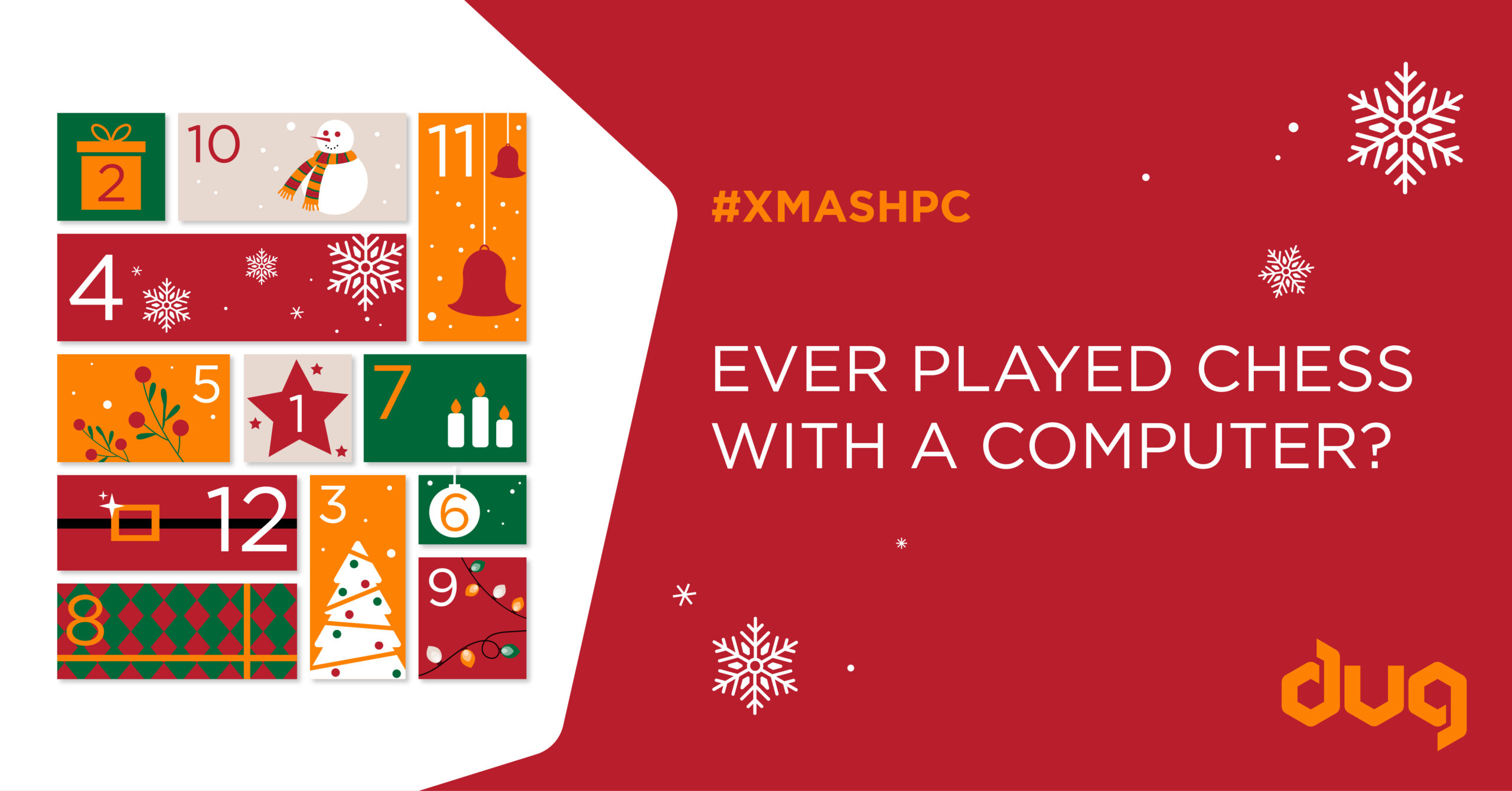Defeating the Grandmaster
On 11 May 1997, the whole world was stunned as a computer defeated a human in a chess match for the first time in history.
A computer called Deep Blue, developed by IBM, played against the then world champion Garry Kasparov in a six-game match: two wins for Deep Blue, one for Garry and three draws.
It was an important milestone in computer science, demonstrating that the “giant brains” in computers are capable of handling complex calculations such as those involved in chess.
Why chess?
Millions of people play chess. It’s a game that combines strategy, foresight, and logic—ingredients that make up human intelligence. Some researchers used the game as a measuring stick for the development of artificial intelligence.
Deep Blue was a general-purpose supercomputer equipped with special accelerator chips designed for chess. The chips searched through a tree of possibilities to eventually decide which move to make during the game. It was capable of evaluating up to 200 million positions per second!
Deep impact
Deep Blue had a big impact on computing in many different industries by allowing researchers to explore the benefits of massively parallel computing.
For instance, Deep Blue’s architecture was applied to financial modelling, data mining, and molecular dynamics, paving the way for large-scale advanced computational methods.




































